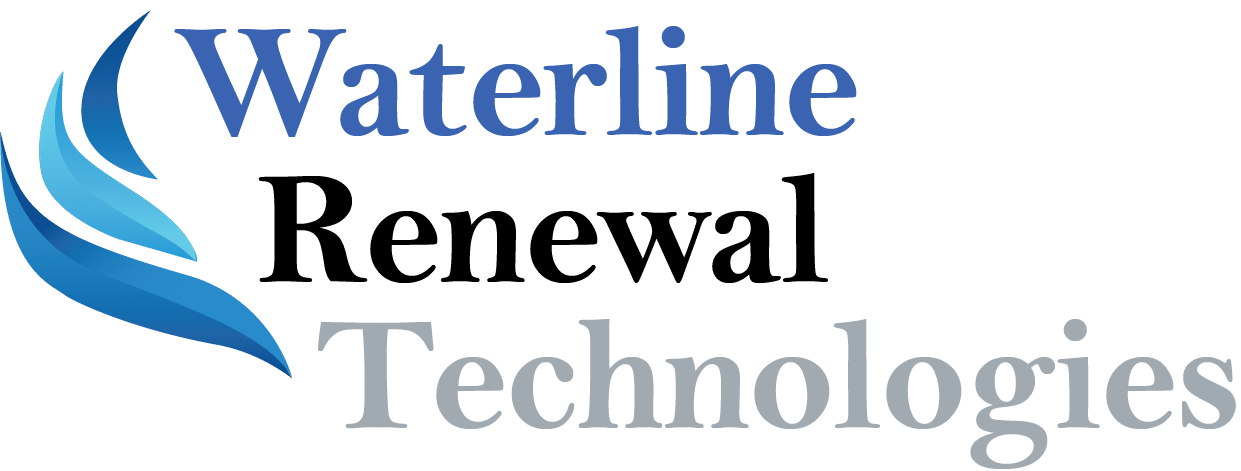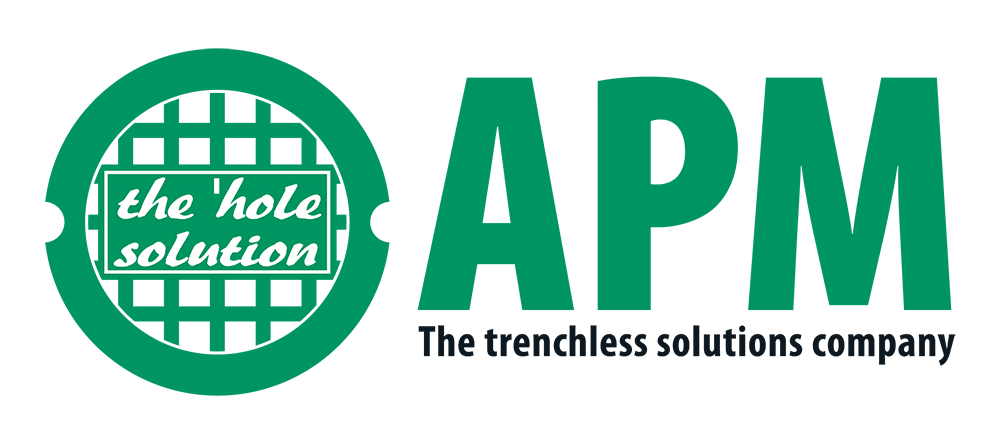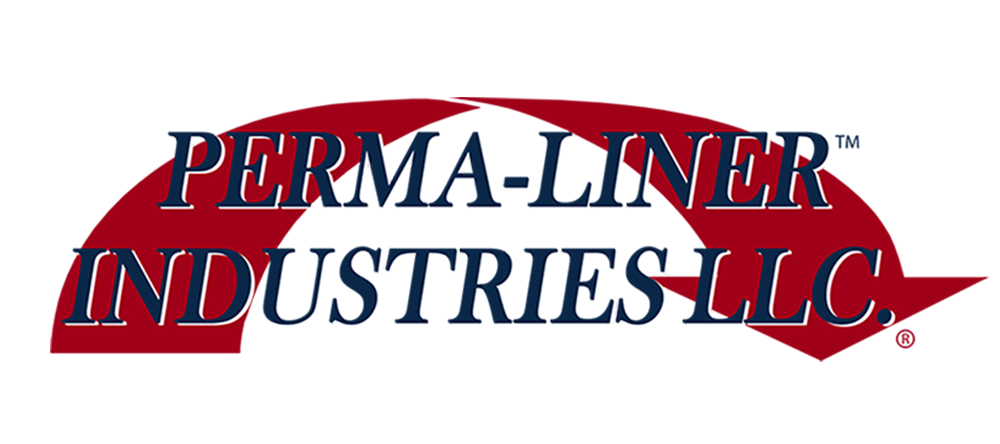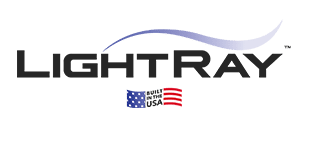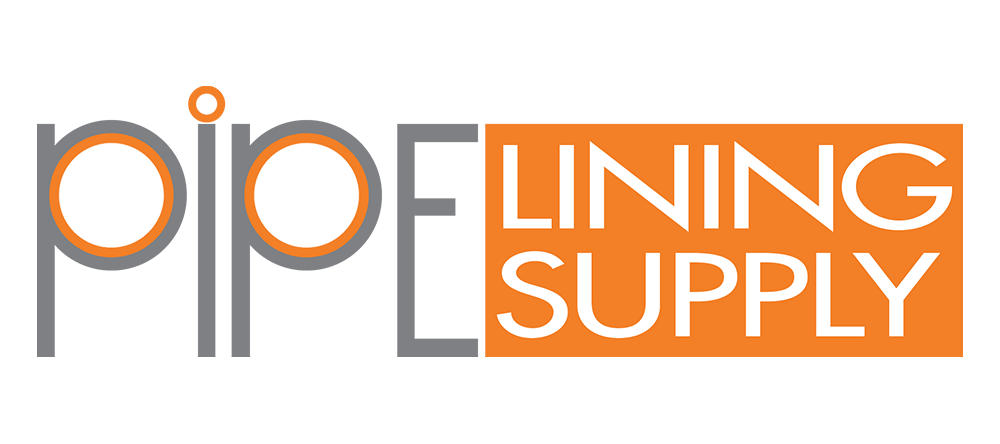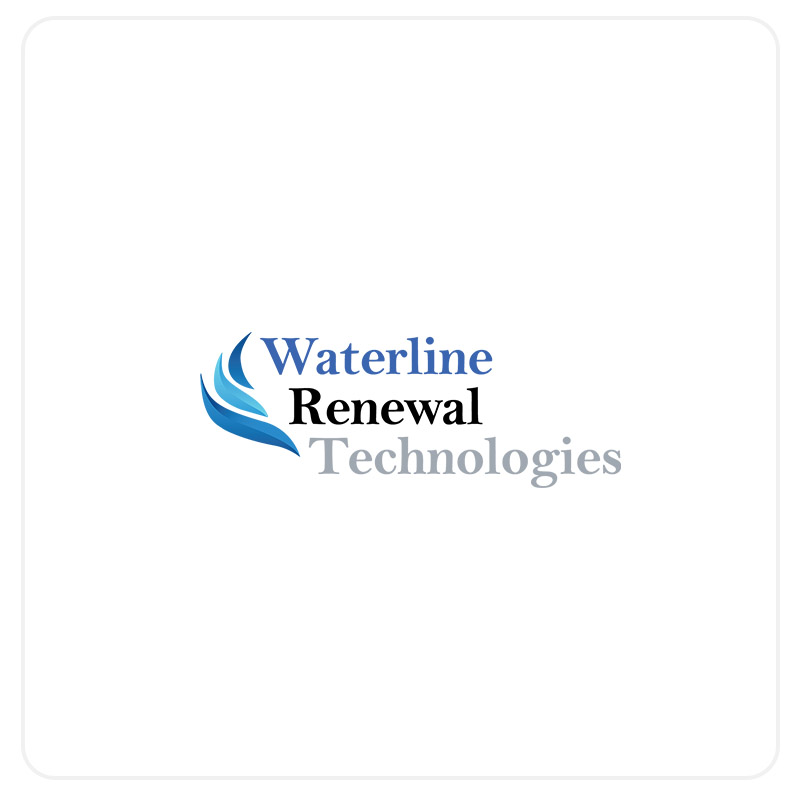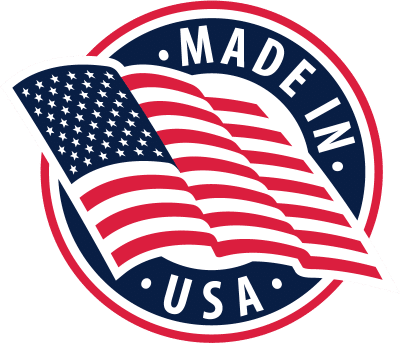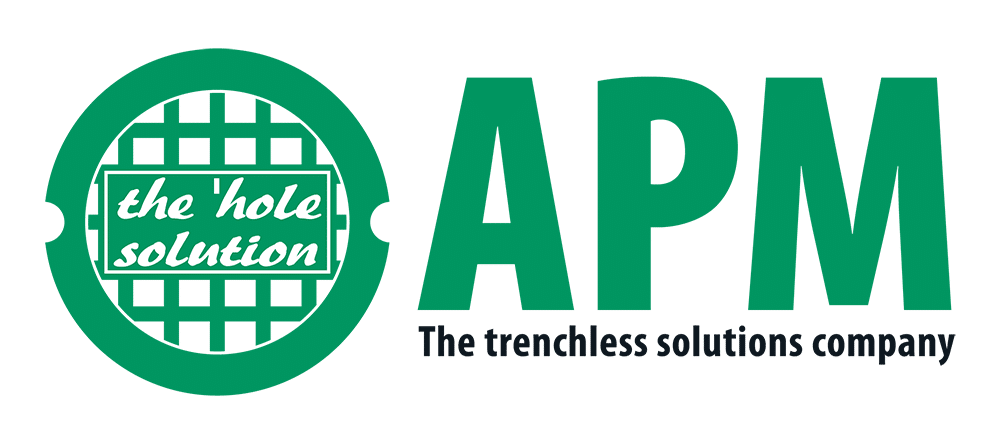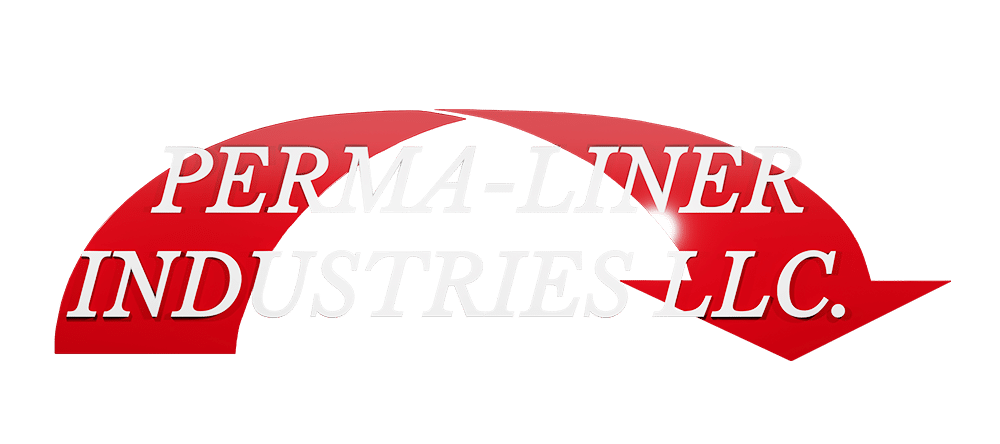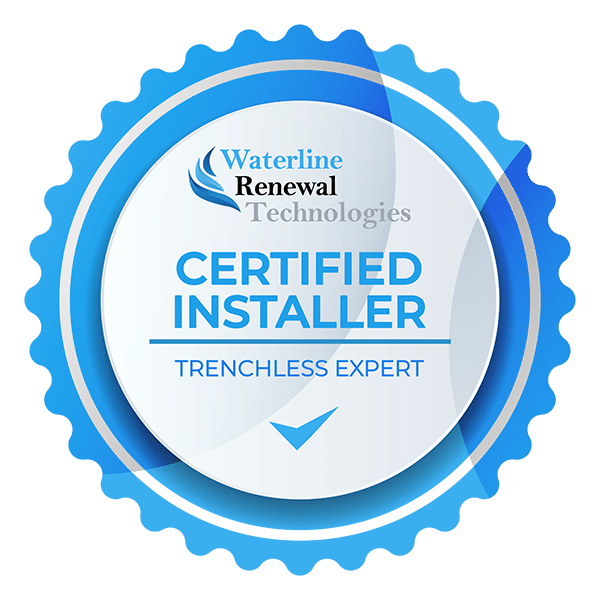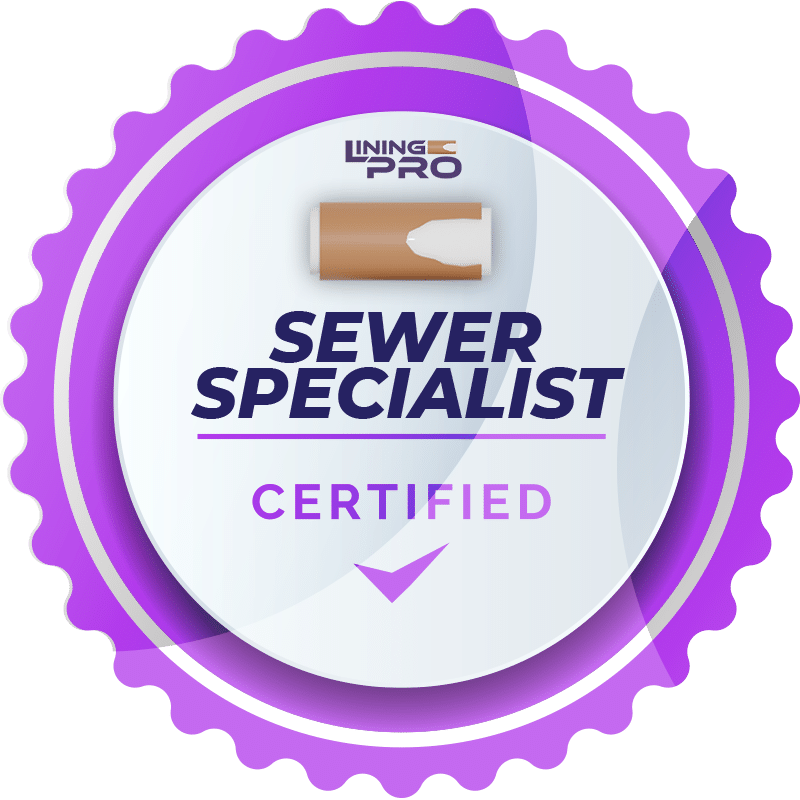By John M Heisler
Approvals & Standards – Are They End Game or Path Markers?
“I’ve been installing liners for a while now and ran into an engineer who insists I provide all documentation showing that the material have approvals from an independent agency for the resin and tube to the thickness specified for his job. Do you have testing samples approved for 3mm as well as 4.5mm and with each of the hardeners you supply? According to him I need documentation for the Quik-Pox 15 at 3mm x 4”, 4.5mm x 4”, 3mm x 6” and 4.5mm x 6”. Additionally, I need documentation for the Quik-Pox 30 with the same sizes, as well as the Quik-Pox 60. Do you have that documentation?”
First things first, the main document that covers our process is ASTM F-1216 for the inversion method and ASTM F-1743 for the pull in place method. This document describes how to install the materials as well as how to determine thickness, as well as outlines the ANSI standards used to test materials. Further reading of these standards shows the method used to test the material and uses results for the material across all design thicknesses. There is no provision for testing each resin model nor is there any provision for testing the finished material at different thicknesses.
Here’s what becomes confusing regarding this process. While we manufacture the raw materials for preparation of the finished product, the final assembly or manufacture is in the hands of the installer. The installer is charged with the duties of properly measuring, mixing, saturating the tube and calibrating the thickness to meet the design in the field. Since we have two parties involved in the finished product we can test the components in the laboratory, but those results may vary widely from what is found in the field. Here’s an example of why; we manufacture pure or neat resin and test the resin for strength prior to impregnating the material. Our resin is then cured and tested without tube and the results are published showing a flexural modulus more than 400,000 psi. When the liner is added to the mix, the non-structural liner takes up space in the resin but contains no strength. This reduces the value of the resin in its natural state to less than the 400,000 psi we had before. Here’s where the ASTM comes into play. You will note that the minimum value of flexural modulus strength is 250,000 psi, so resin producers that supply resin with a flexural modulus of 370,000psi neat, will most likely meet the 250,000psi minimum strength due to the tube addition reduces the strength.
The bottom line, if you are going to build to a standard, the only way you can determine that you’ve met the standard is to test the finished product. Most often this is accomplished by capturing a restrained sample by placing a 12-inch piece of the same sized pipe as is being lined, curing it with the liner, then submitting the sample piece to an independent lab for testing. Depending on the lab and the quantities of samples tested each one may cost between $500 – $1,000 to ensure that the standard is met. The question. Who will pay for this?
While we don’t see much interest from homeowners for the added expense of testing, when you move into the public arena and engineering firms get involved, you can be assured that they will look for assurances that what you install will meet the specification they are going for.
One final thought. If you install untested materials and it fails, it means you didn’t follow the ASTM standards. If you have a failure and head to court for damages, you will lose the lawsuit and pay the damages.
If you need more documentation or require in-depth information, contact us at +1-888-354-6464 or info@pipeliningsupply.com.
